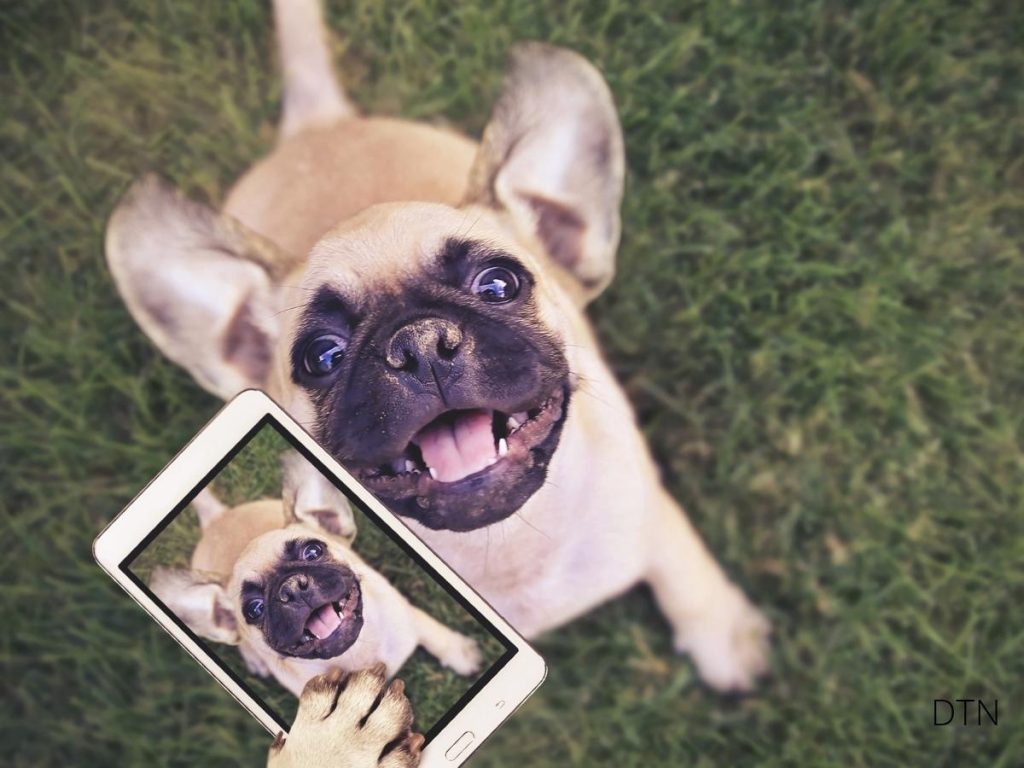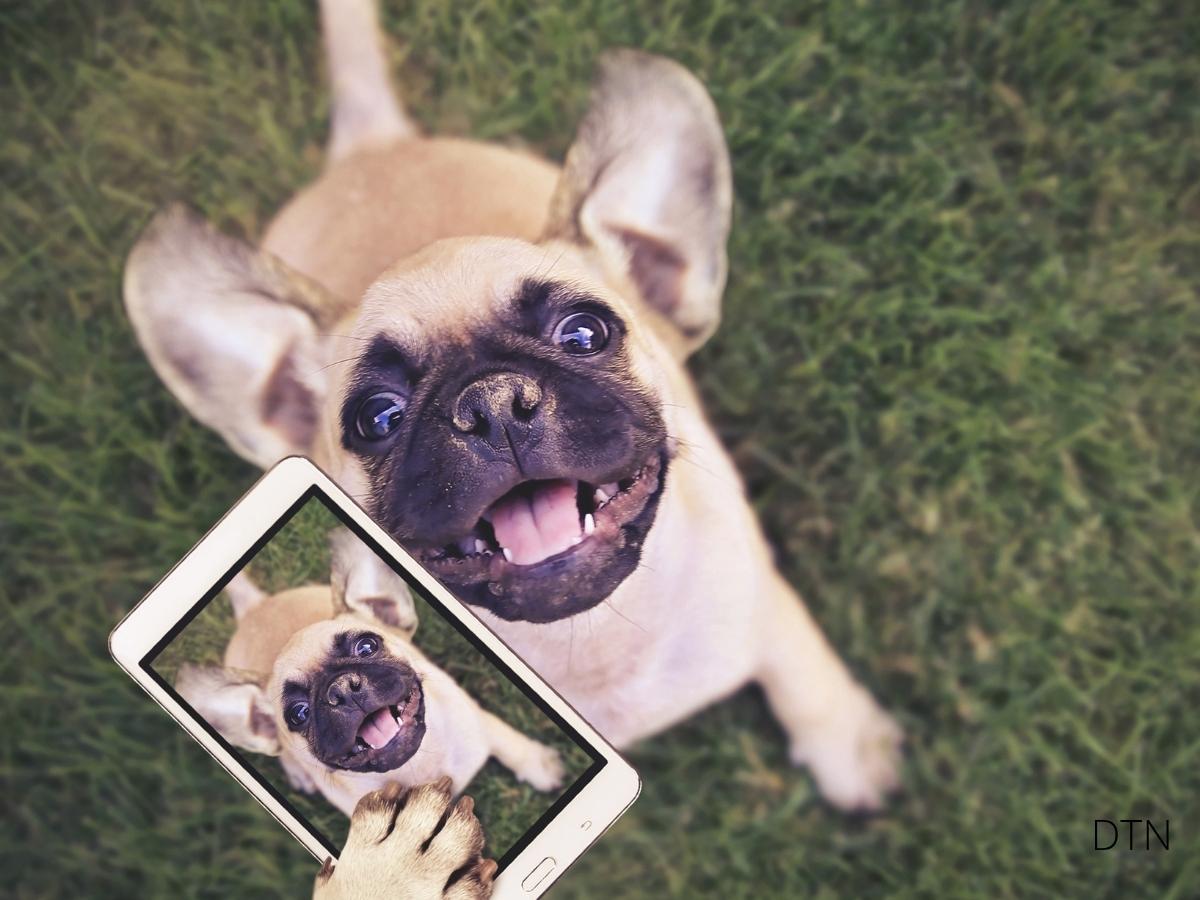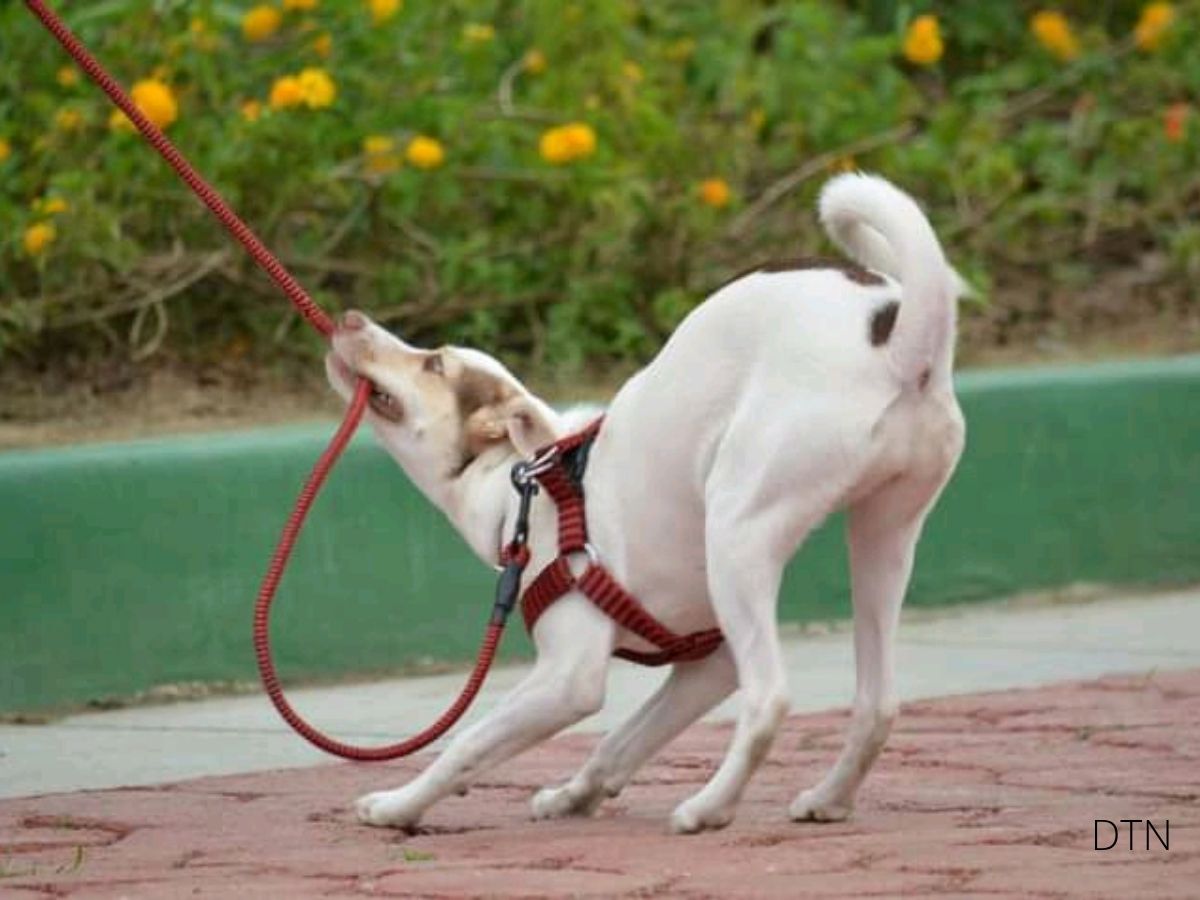Introduction
Picture this: you’re scrolling through your phone during your evening walk while your furry friend tugs persistently at the leash, barks at passing dogs, or simply sits down refusing to move. Sound familiar? You’re witnessing a modern phenomenon that’s reshaping the fundamental bond between humans and their canine companions.
In our hyper-connected world, our dogs are experiencing something unprecedented—competing with glowing screens for their owner’s attention. This isn’t just about missed training opportunities; it’s about a profound shift in the dog-human relationship that’s manifesting in increasingly problematic behaviors.
Understanding Your Dog’s Digital Dilemma
When You’re There But Not Really There
Your dog doesn’t understand emails, social media, or text messages. What they experience is their trusted human suddenly becoming psychologically absent while physically present—a confusing state that triggers stress responses similar to actual separation.
Dogs distinguish between different types of unavailability. Physical absence follows predictable patterns they can adapt to. However, emotional absence while you’re present creates cognitive dissonance. This inconsistency can be more stressful than actual separation because it violates the expected norms of togetherness.
Over time, dogs learn that certain objects (your phone, tablet, or laptop) predict a loss of connection. You might notice your dog becoming anxious the moment you reach for your device—pawing at it, barking when it rings, or even attempting to knock it from your hands. 🐾
The Science Behind the Behavior
Breaking the Bonding Loop
One of the most powerful bonding mechanisms between humans and dogs involves mutual gaze—that soul-deep eye contact that releases oxytocin in both species. This “love hormone” creates a positive feedback loop: the more you gaze at each other, the stronger your bond becomes.
Every moment spent looking at a screen instead of your dog represents a missed opportunity for this crucial hormonal exchange. Without regular oxytocin boosts from mutual gaze and physical interaction, both you and your dog experience a gradual weakening of the emotional connection.
The Stress Response System
When your dog experiences chronic attention deprivation due to device use, their stress response system—the hypothalamic-pituitary-adrenal (HPA) axis—becomes dysregulated. This triggers elevated cortisol levels that can remain high long after you’ve put the device down.
Your dog’s nervous system constantly seeks co-regulation with yours. When you’re calm and present, your dog’s nervous system synchronizes with yours, promoting relaxation. But when you’re stressed by notifications or emotionally invested in digital content, your dog absorbs that tension without understanding its source, leading to heightened arousal and anxiety-driven behaviors.
Recognizing the Warning Signs
Behavioral Red Flags
Escalating Attention-Seeking
Watch for this predictable pattern: it starts with a gentle paw on your leg, progresses to insistent pawing, then barking, and eventually jumping or even destructive behaviors. Each escalation represents your dog learning that only dramatic behaviors penetrate your digital focus.
Training Regression
That well-trained dog suddenly “forgetting” basic commands? This isn’t stubbornness—it’s often a direct result of inconsistent attention. When you’re distracted during walks, you miss countless opportunities to reinforce good behavior and redirect problematic ones.
Anxiety Symptoms
Digital-related stress manifests as:
- Excessive panting when you reach for your device
- Pacing or inability to settle during technology use
- Hypervigilance to notification sounds
- Destructive behaviors targeting your devices
- Sleep disturbances or restlessness
These aren’t “bad behaviors”—they’re distress signals from a dog whose primary source of security has become unpredictable. 🧠
If your dog doesn’t like someone, you probably shouldn’t either.
– Unknown

The Path to Reconnection
Digital Boundaries That Work
Sacred Screen-Free Times
Establish these non-negotiable phone-free zones:
- First 30 minutes after waking
- All meal times
- First and last 15 minutes of every walk
- Training sessions
- Bedtime wind-down
These boundaries aren’t just beneficial—they’re essential for your dog’s emotional wellbeing. Use “Do Not Disturb” modes during dog-focused activities, and consider leaving your phone at home during at least one daily walk.
Mindful Interaction Techniques
The Three-Second Reset
Before picking up your device, make three seconds of deliberate eye contact with your dog. This brief connection acknowledges their presence, provides an oxytocin boost, and creates a conscious pause.
The Touch Anchor
When you must use devices, maintain physical contact with your dog. A foot resting against their body or hand on their back provides tangible connection and reassurance.
Morning Connection Ritual
Start each day with five minutes of bonding before any technology:
- Two minutes of gentle physical touch
- One minute of mutual gaze
- Two minutes of light play or training
This simple routine reestablishes your bond daily and sets a positive precedent for attention availability.
Training in the Digital Age
Adapting Your Approach
Modern training must explicitly address divided attention. The “Look at Me” command has become crucial—practice it specifically after putting down your phone, making it a bridge between digital and real-world interaction.
Implement “technology interruption training” where you deliberately practice putting down your device when your dog offers calm attention-seeking behaviors. This teaches that patient requests work better than dramatic escalations.
Creating Structure
The “Phone Means Fun” Protocol
Counter-condition negative associations by:
- Tossing treats before picking up your phone
- Using special puzzle toys during necessary phone time
- Creating a “phone time mat” where good things happen
Remember, this isn’t about teaching acceptance of neglect but creating structure around necessary technology use. Always follow phone time with dedicated attention to maintain balance.
Supporting Emotional Recovery
Compensatory Strategies
When technology use is unavoidable, provide appropriate enrichment—but remember it supplements, never replaces, direct interaction. Create “busy boxes” with rotating puzzle toys and long-lasting chews. Set up exploration stations with hidden treats and novel textures.
When to Seek Help
Consider professional support if you notice:
- Aggression toward you or devices
- Severe anxiety despite interventions
- Complete breakdown in training
- Depression symptoms lasting over two weeks
Look for certified behaviorists familiar with technology-related issues who can address the whole dog-human system.
The Bigger Picture
Digital Neglect as Modern Welfare Concern
We’re witnessing a new category of animal welfare concern: digital neglect. Unlike traditional neglect, this involves absence of emotional availability despite physical presence. A dog who is fed and walked but emotionally neglected due to owner device addiction suffers profoundly while appearing to have all “needs” met.
The welfare implications extend beyond individual dogs. Shelters report increasing surrenders for “behavioral issues” that may actually stem from digital-age attachment disruptions. Dogs labeled as “anxious” or “untrainable” might simply be victims of inconsistent human attention.
Conclusion: Choosing Connection
The behavioral problems you’re seeing—the pulling, barking, anxiety—these aren’t character flaws but cries for help from a species that evolved to be our closest companions, now competing with algorithms designed to capture human attention.
But here’s the hopeful truth: every moment you choose your dog over your device rebuilds neural pathways in both your brains. Every phone-free walk strengthens your bond. Every sustained moment of eye contact releases healing oxytocin.
Your dog doesn’t need perfection or complete technology abandonment. They need you to be present, predictable, and prioritizing of the relationship that defines their entire world. Start small—one screen-free walk, deliberate eye contact before meals, one sacred phone-free hour each evening.
These simple acts restore what technology has taken: the full, emotionally available presence your dog craves and deserves. Your dog is waiting, has always been waiting, for you to look up from your screen and remember why you brought them into your life in the first place. 🧡






